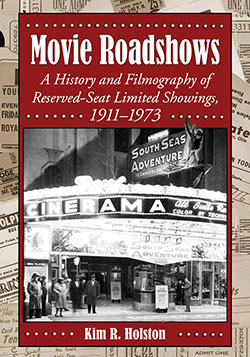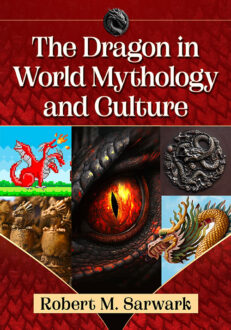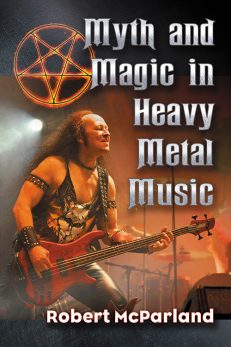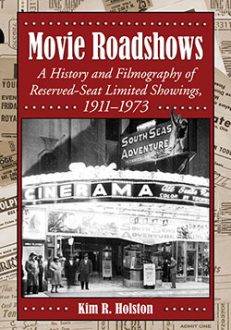Movie Roadshows
A History and Filmography of Reserved-Seat Limited Showings, 1911–1973
$49.95
In stock
About the Book
This work examines a film distribution system paralleling the rise of early features and persisting until 1972, when Man of La Mancha was the final roadshow to require reserved seating. Synonymous with Hollywood’s star-studded premieres, roadshows were longer and cost more than regular features, making the experience similar to attending the legitimate theater. Roadshows, often epic in subject matter, played selected (usually only one) theaters in major urban centers until demand decreased. De rigueur by the 1960s were musical overtures, intermissions, entre’acte and exit music and souvenir programs for sale in the lobby. Throughout the text are recollections by people who attended roadshows, including actor John Kerr and actresses Barbara Eden and Ingrid Pitt. The focus is on roadshows released in the United States but an appendix identifies international roadshows and films forecast but not released as roadshows. Included are plots, contemporary critical reaction, premiere dates, production background, and methods of promotion—i.e., the ballyhoo.
About the Author(s)
Bibliographic Details
Kim R. Holston
Format: softcover (7 x 10)
Pages: 382
Bibliographic Info: 81 photos, appendices, notes, bibliography, index
Copyright Date: 2013
pISBN: 978-0-7864-6062-5
eISBN: 978-0-7864-9261-9
Imprint: McFarland
Table of Contents
Acknowledgments viii
Preface 1
Overture 3
1. Parallel Distribution Systems 9
2. All Seats Reserved 14
3. The Talkies and Pre-War Era 49
4. Entr’acte: The War Years Lull 95
5. Roadshows Return 98
6. Escalation 112
7. The Golden Age 136
8. The Final Curtain 246
Exit Music: The Legacy, Literally 260
Appendices
A. Anomalies 261
B. Roadshows Released in the U.S., by Year 270
C. Roadshow Casts, Credits and Awards 271
Chapter Notes 329
Bibliography 349
Index 353
Book Reviews & Awards
“a thorough, fascinating study of an area of motion picture distribution and exhibition that is unusual, archaic, and a part of cultural history. Highly recommended.”—Examiner.com; “valuable, highly readable…a vital and informative volume”—Cinema Retro.





